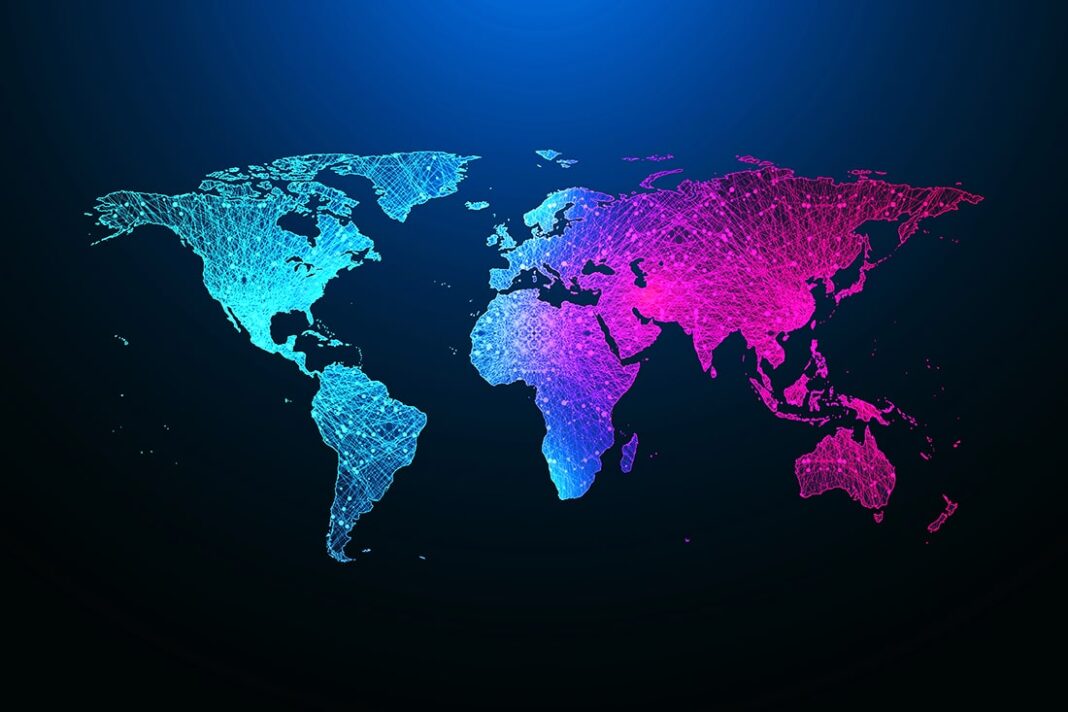In today’s fast-paced world, advances in technology have revolutionized a number of industries, including emergency response. Recently, we have witnessed the emergence of unprecedented emergency response technology that has helped save countless lives in record time. This breakthrough technology has been instrumental in making emergency responders more efficient and effective, enabling them to respond to emergencies more quickly and with greater accuracy.
This revolutionary technology leverages state-of-the-art communication systems, sensors and monitoring devices, and AI-powered analysis tools to provide a real-time view of emergencies as they unfold. With the help of this technology, emergency responders can quickly analyze the situation and identify the most critical areas that require immediate attention. From there, they can dispatch the necessary personnel and equipment to the scene, ensuring that those in need receive help as quickly as possible.
Additionally, this new technology allows first responders to communicate with one another more effectively. For instance, they can share critical information such as maps, images, and other vital data in real-time, which can significantly enhance the overall response time. Moreover, thanks to advancements in unmanned aerial vehicles (UAVs) or drones, emergency responders can now remotely survey disaster zones and assess the extent of damage while minimizing risk to their personnel.
This cutting-edge technology also enables emergency responders to leverage big data analysis, which enhances their ability to predict and forecast disasters more accurately. Through the analysis of past disasters, the technology can help emergency responders identify patterns, which can be used to prepare for future emergencies. Machine learning algorithms can also help responders predict the type of specialized equipment they may need, depending on the type of disaster.
Clearly, the emergence of this unprecedented emergency response technology is a game-changer in the field of emergency response. Its impact has been felt in many communities across the world, where it has helped save countless lives in record time. However, it is important to note that this technology is not a silver bullet; it needs skilled professionals behind it to be successful. Nonetheless, when used appropriately, this technology significantly improves emergency response services, making them more efficient, effective, accurate, and ultimately better-equipped to serve people in need.
- Breaking Boundaries: Revolutionary Scientific Discovery Unleashes a New Era of Possibilities! - 9 de junio de 2023
- Exploring Beyond Our Solar System: The Next Frontier of Space Travel! - 9 de junio de 2023
- Experience Life in Harmony with Nature: Join the Ecotourism Movement Today! - 9 de junio de 2023



